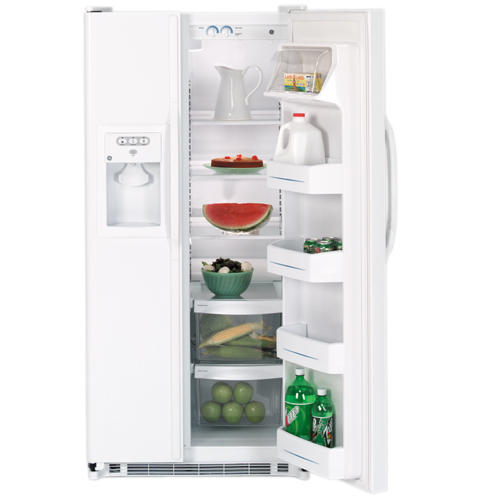
August 27, 2018
Refrigerator Repair
The compressor overload in your GE refrigerator model GSS20IEPWW protects the compressor from overheating. If the overload senses the compressor is getting too hot, it shuts the compressor down, giving it time to cool off. If the overload is malfunctioning, you may notice your refrigerator is not cooling. Replacing a failing overload is a repair most appliance owners can accomplish on their own. Below, we’ve created a step-by-step guide to help you swap out a defective compressor overload for a new functional one.
How to Replace the Compressor Overload in Your Refrigerator.
Before starting your refrigerator repair, either unplug your appliance or switch it off at the circuit breaker. Work gloves and safety goggles should be worn while you work on your refrigerator.
-
Pull your refrigerator away from the wall and remove the screws securing the lower, rear access panel to the back of your appliance.
-
Once the access panel is taken off, you will see the compressor. On the side of the compressor, you’ll find the relay cover. To remove the cover insert a flat head screwdriver into the slot on the top of the box and carefully pry it off the side of the compressor.
-
Underneath the relay cover, you’ll find the compressor overload and the start relay. Using your flathead screwdriver, remove the start relay from the compressor terminals. With the start relay out of the way, carefully pull the overload off the compressor and disconnect the wire running to it with your flat head screwdriver.
-
With the defective compressor overload out of the way, you can now install the new overload. Start by connecting the black wire to the overload. Once the wire is attached, reinstall the overload to the top terminal on the compressor. Finally, push the start relay back onto the two lower compressor terminals, and snap the relay cover back onto the side of the compressor.
-
Reinstall the lower, rear panel onto your refrigerator and push your appliance against your kitchen wall.
-
Either plug your refrigerator back in or turn it on at the circuit breaker and enjoy your newly repaired appliance.
If the newly installed compressor overload does not correct your appliance’s inability to cool, please contact us today and we’ll be happy to diagnose and repair the malfunction.
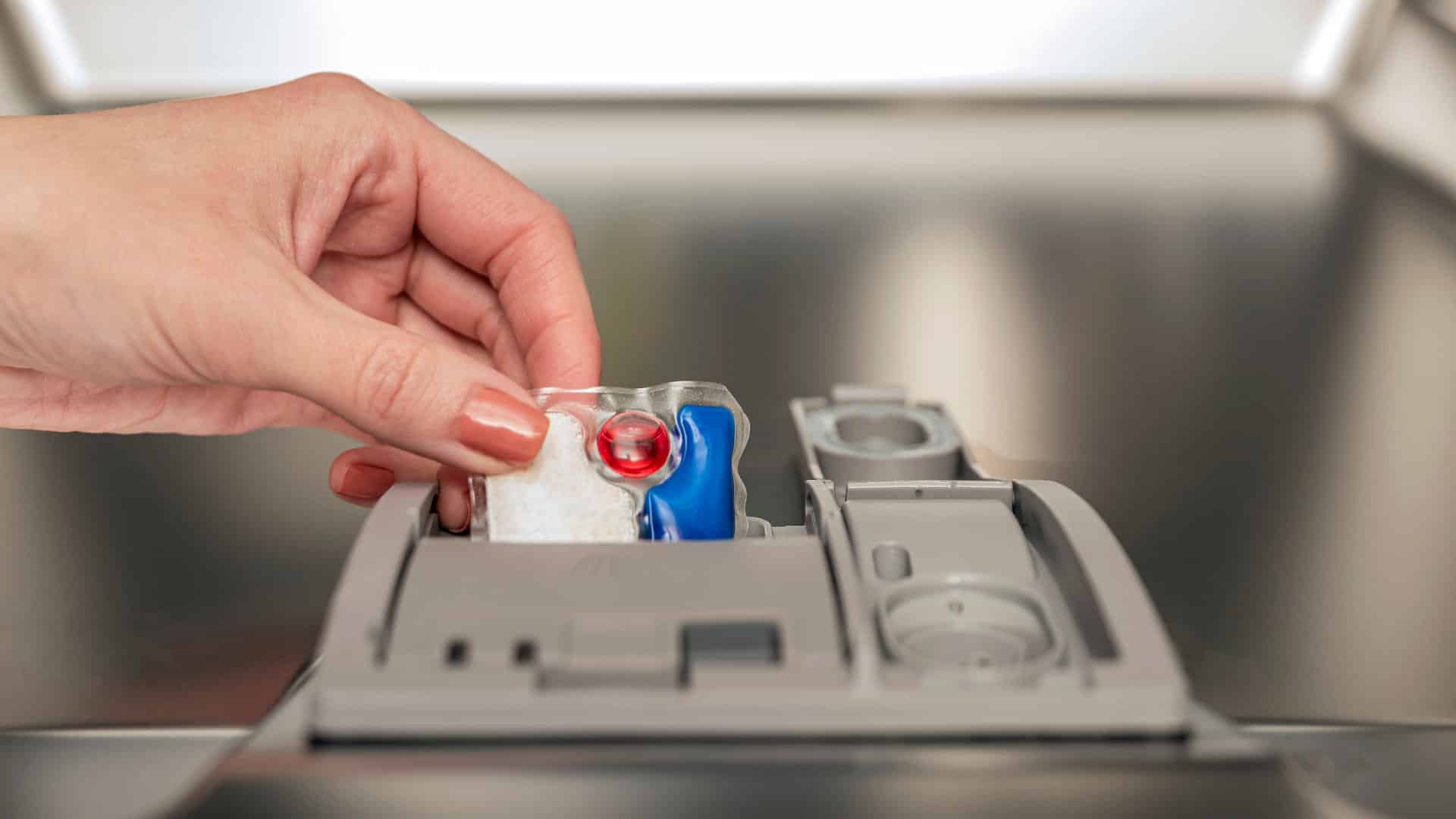
Apr. 09, 2024
How to Clear E24 Error on Bosch Dishwasher

Mar. 06, 2024
Samsung Dryer Not Heating Properly? (5 Fixes)
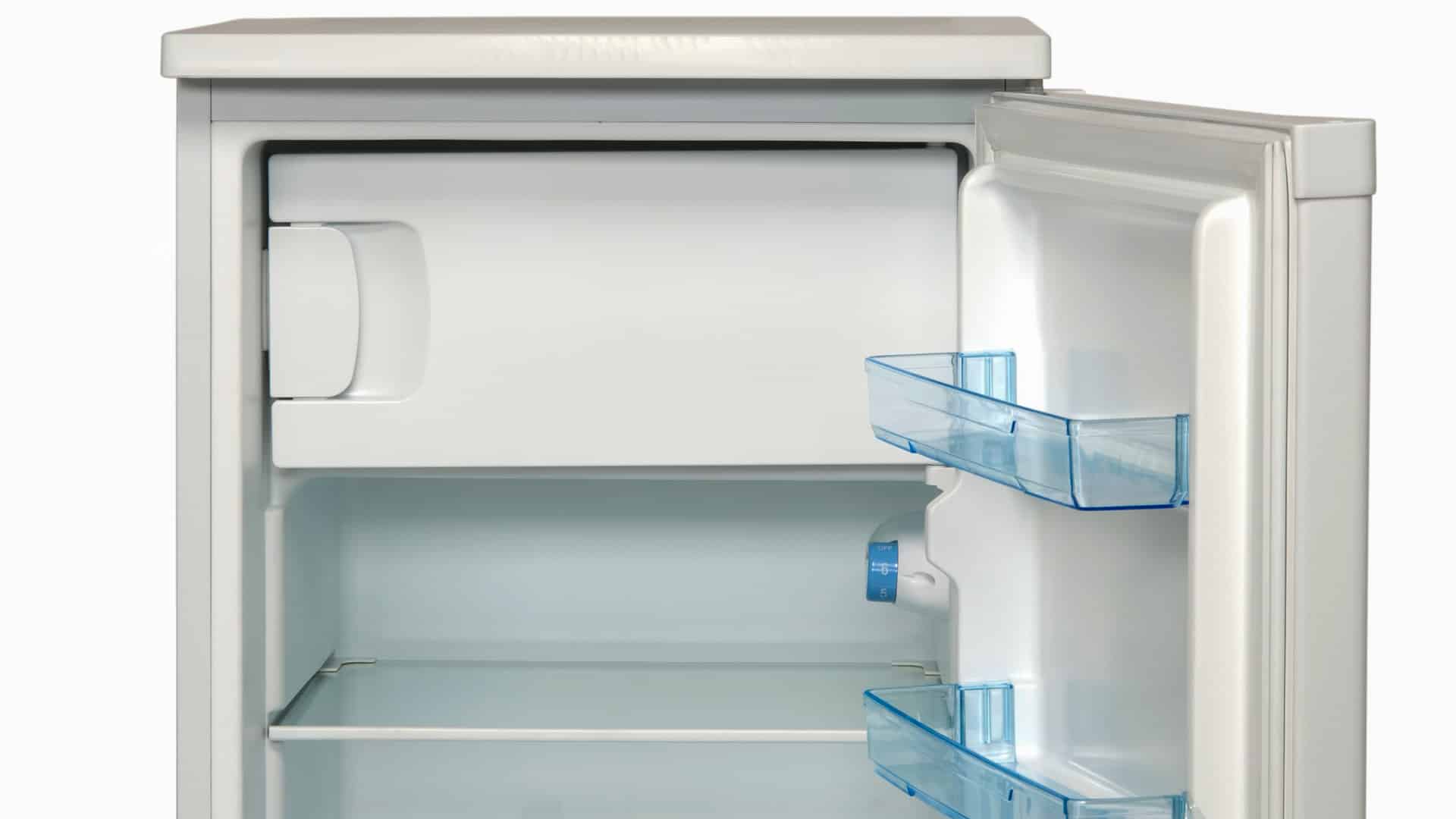
Feb. 05, 2024
Why Is Your Mini Fridge Not Cooling? (5 Potential Reasons)
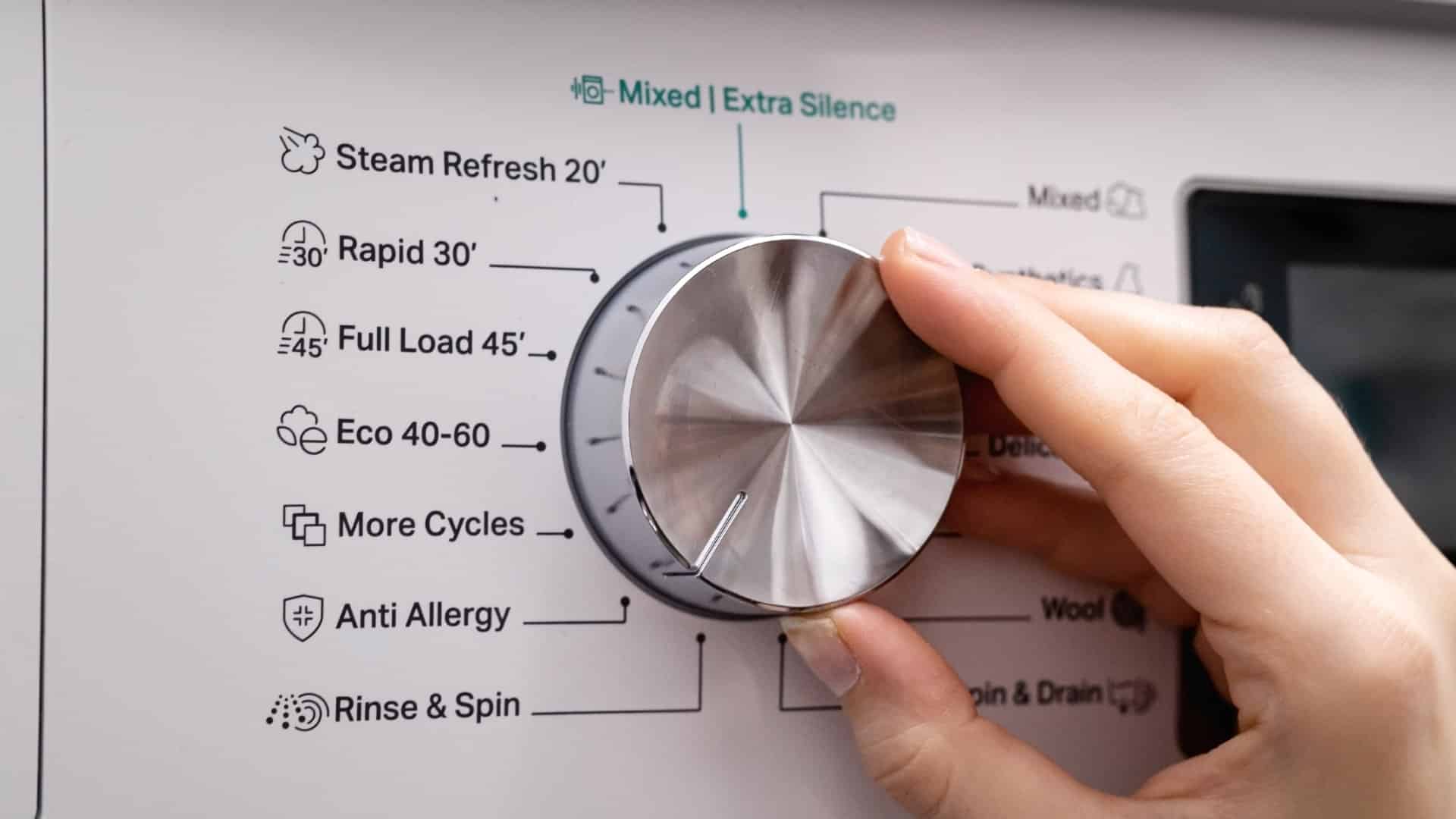
Jan. 03, 2024
How to Fix Samsung Washer Error Code 4C
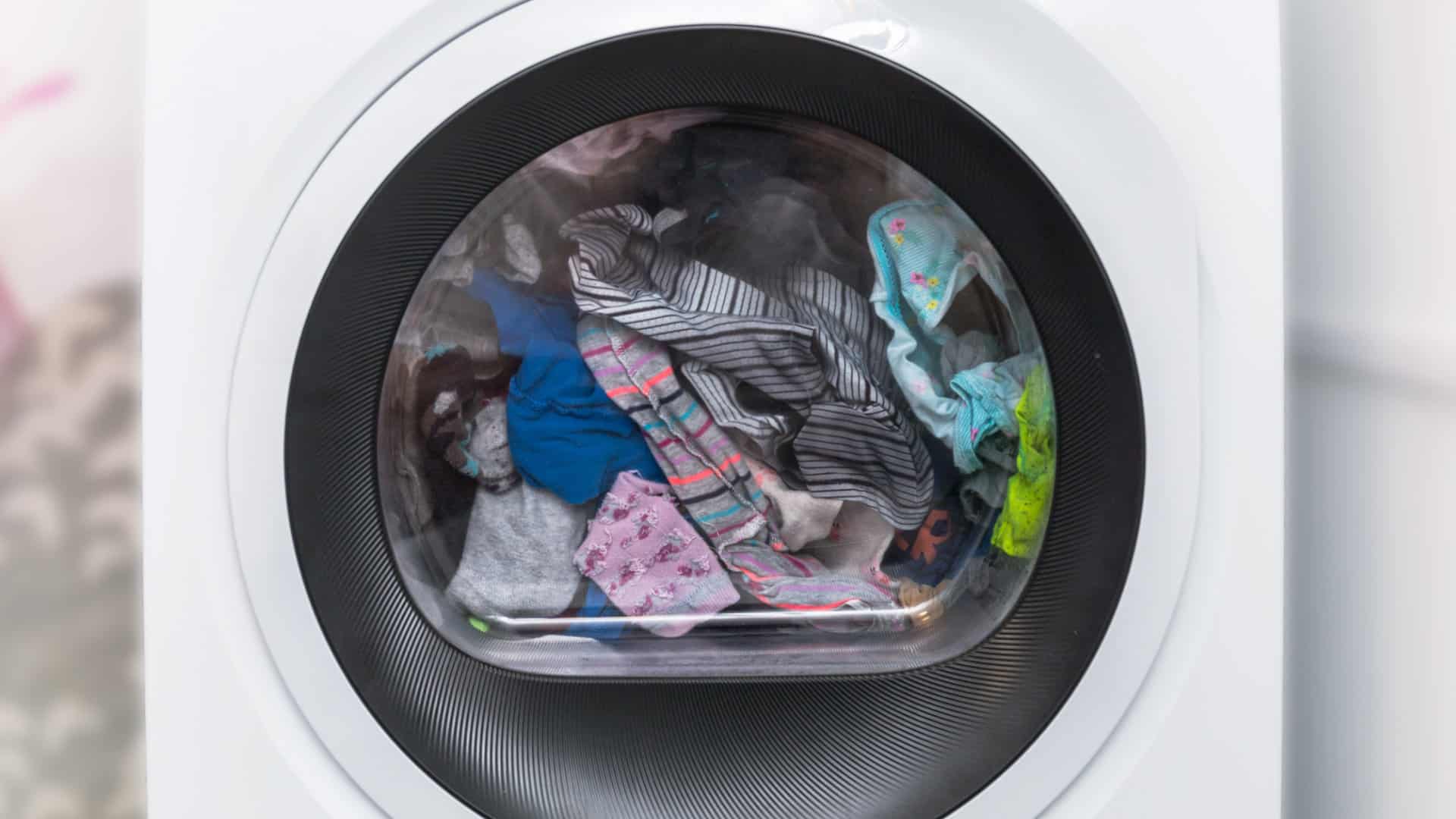
Dec. 11, 2023
How to Resolve UE Error Code on your LG Washer
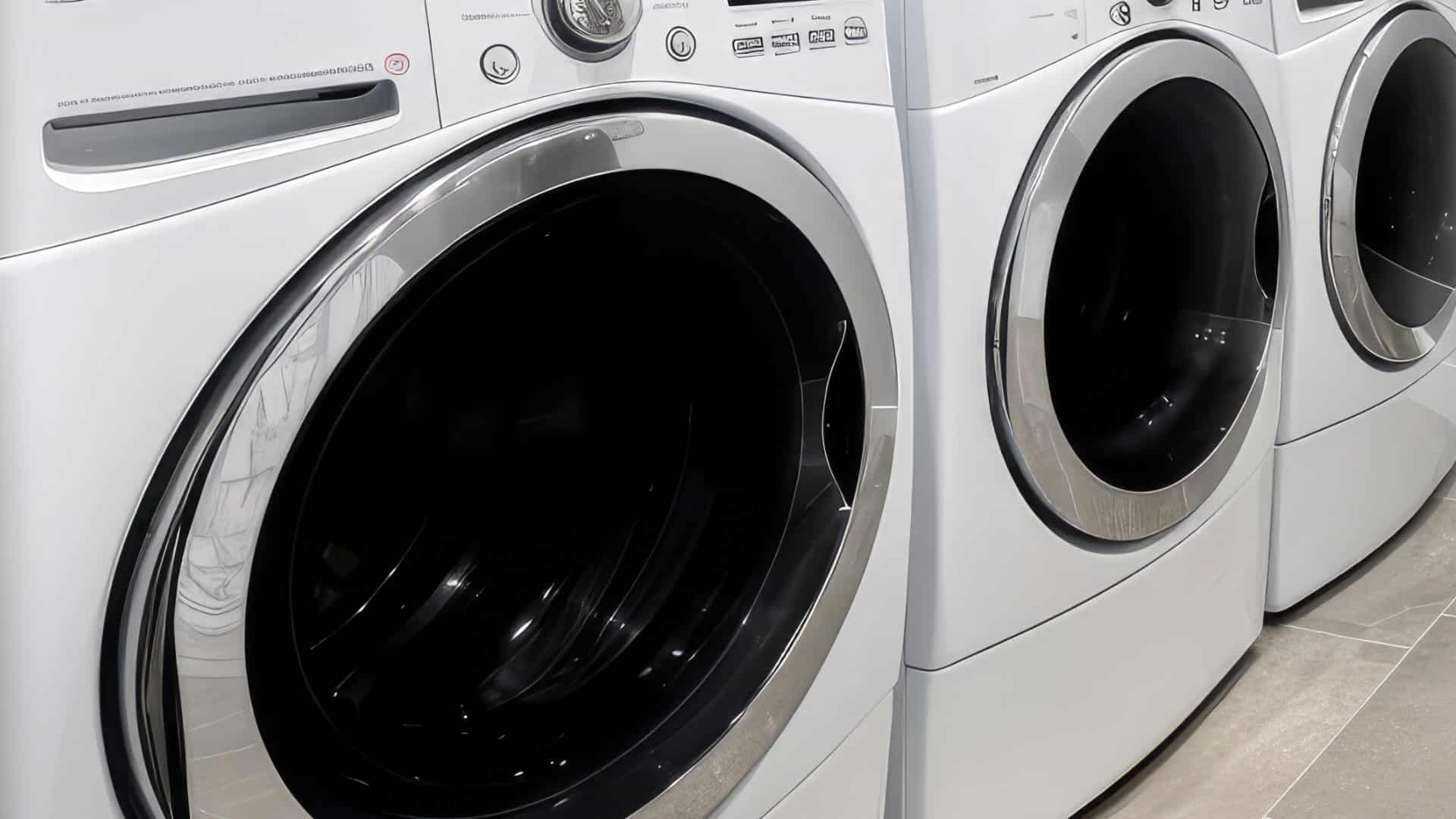
Nov. 06, 2023
LG Washing Machine Error Codes: How to Fix Them
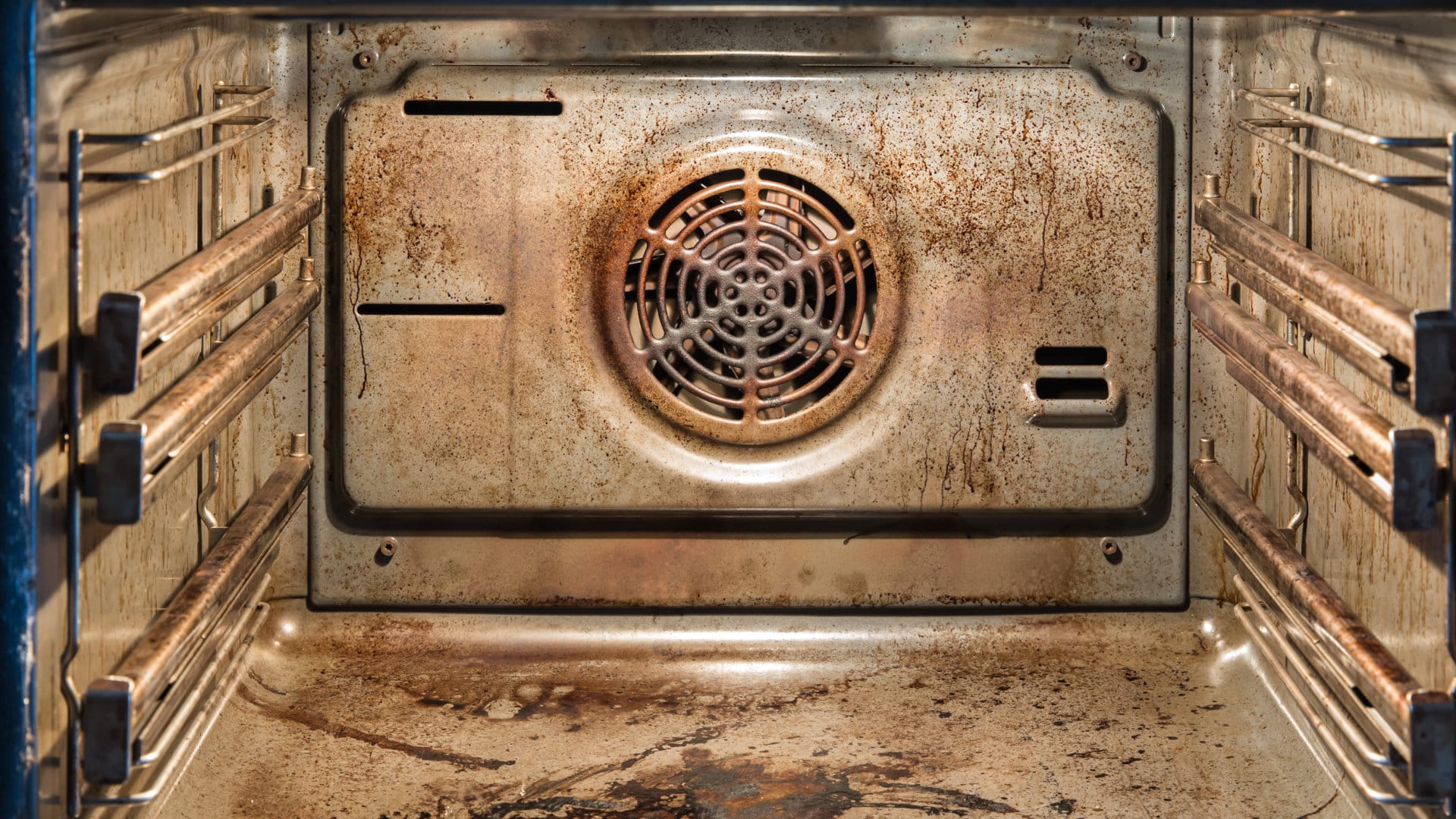
Oct. 02, 2023
How to Unlock LG Oven Door (After Self-Cleaning)
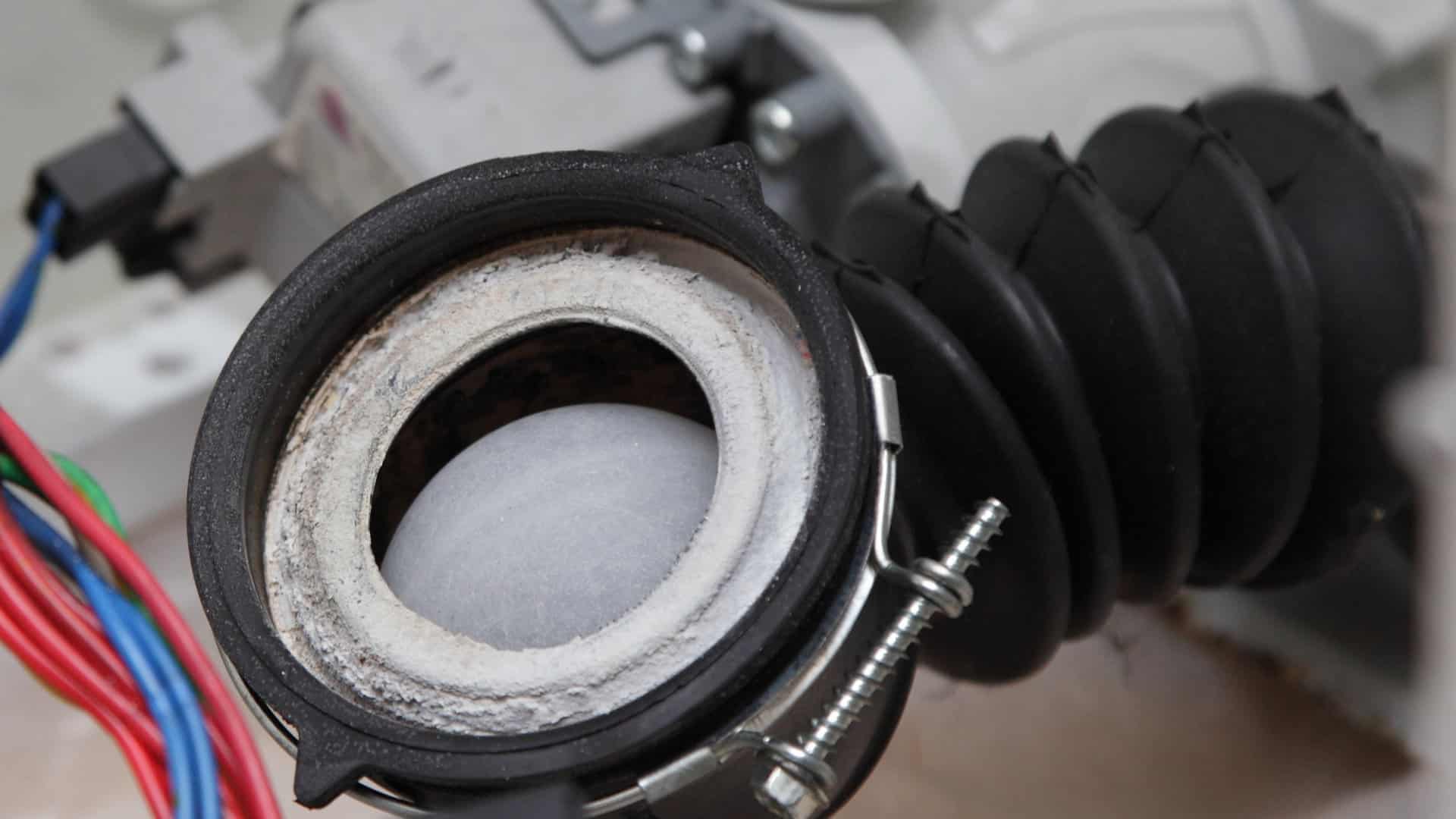
Sep. 08, 2023
How to Fix LG Washer DE Error Code

Jul. 31, 2023
Why Your Microwave Is Not Working
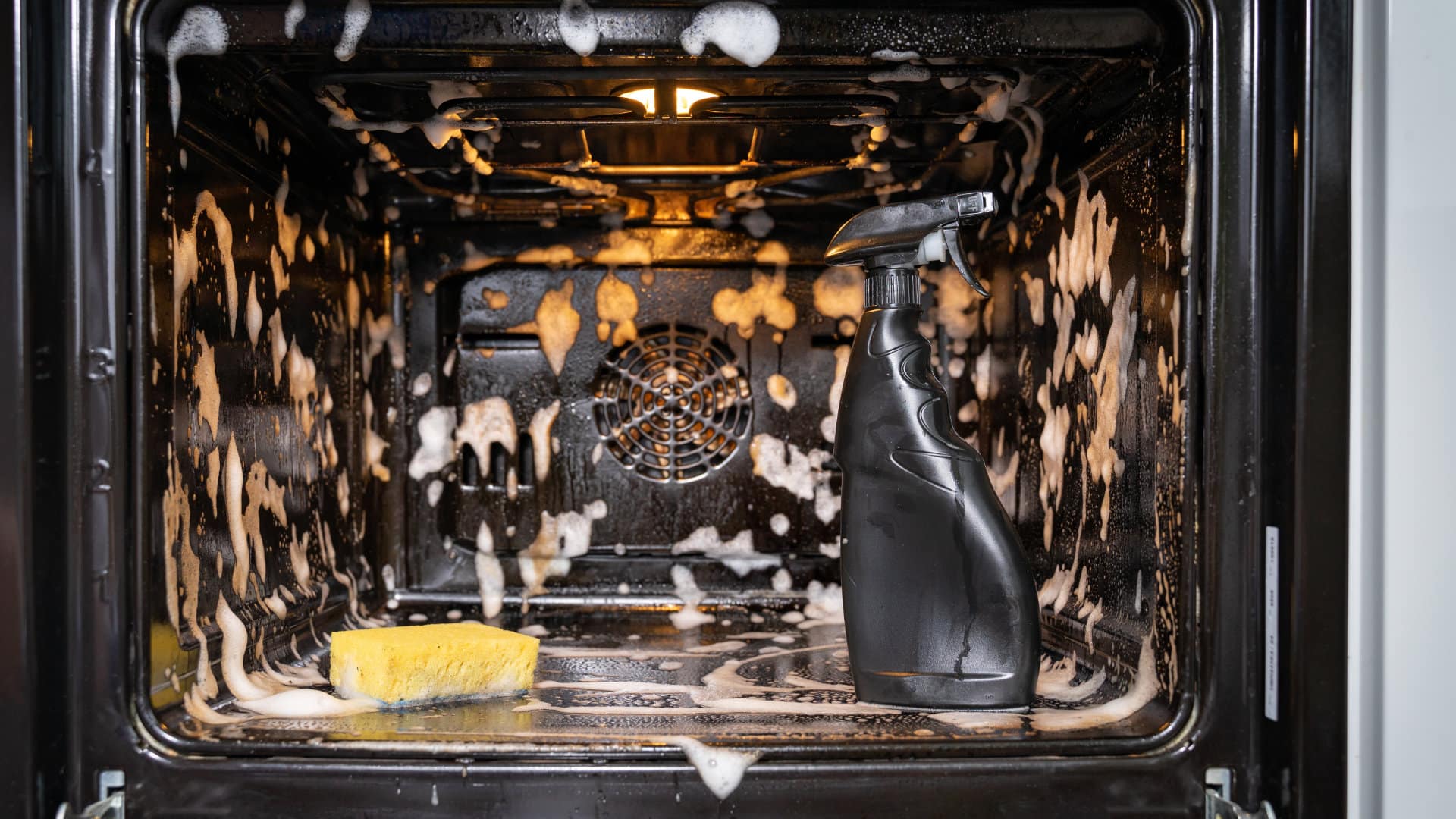
Jul. 19, 2023
The Quick Guide To Using a GE Self-Cleaning Oven

Jun. 13, 2023
How to Clean Your Dishwasher with Vinegar

May. 08, 2023
How to Fix a Noisy Refrigerator
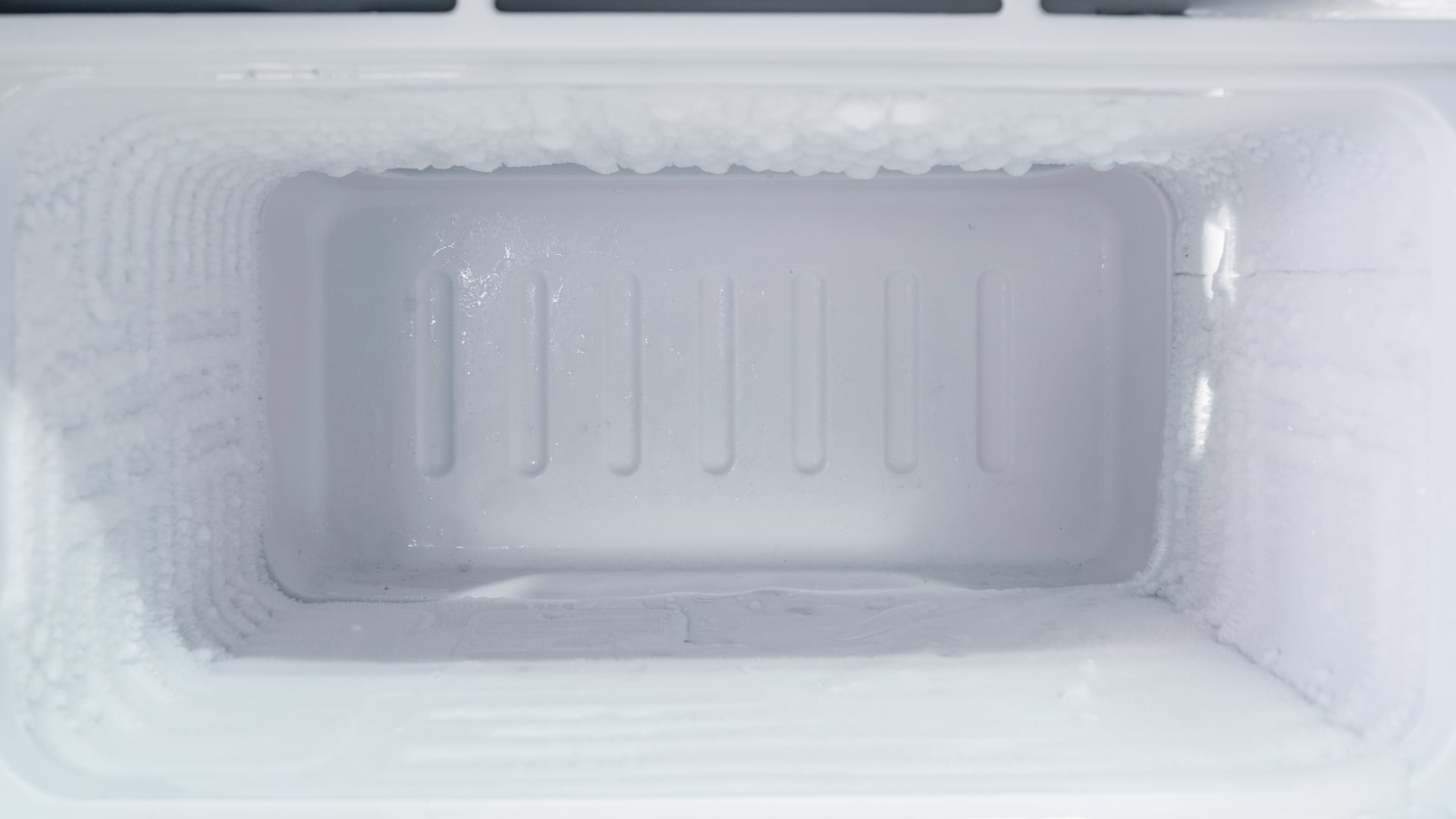
Apr. 10, 2023
How to Remove Frost Build-up from the Freezer

Mar. 14, 2023
5 Ways To Clean Your Microwave Naturally

Feb. 01, 2023

